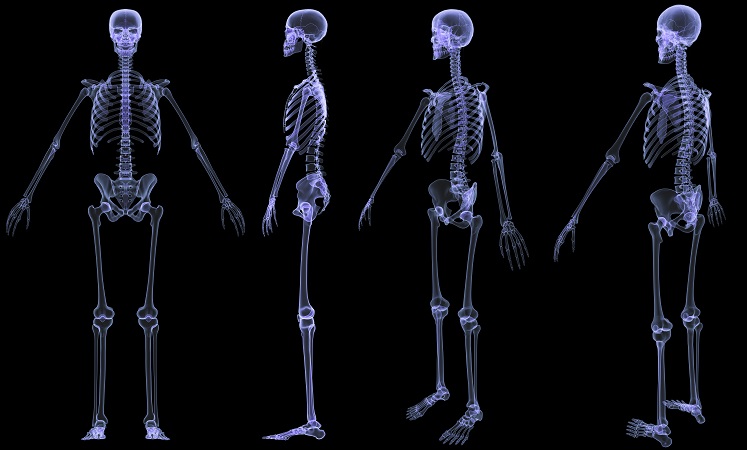
Need to know:
- Occupational health has shifted from being reactive and safety-focused to becoming a proactive tool to help improve employees’ overall wellbeing.
- Increasingly, occupational health includes mental health support, for example, through employee assistance programmes (EAPs).
- Technology is enabling programmes to be delivered remotely and immediately; this increases access for employees, as well as allowing organisations to gain real-time data.
The relationship between work and health is gaining increasing prominence; Cascade HR’s The 2019 landscape: What’s in store?, published in January 2019, found that 22% of employers view wellbeing as a key challenge for 2019, while 29% cite absence management as a primary concern.
What is the role of occupational health in addressing this? Nick Pahl, chief executive officer at the Society of Occupational Medicine (SOM), says: “It used to be old-fashioned issues in industry and manufacturing, now [it] is much more the service industry, [addressing] musculoskeletal and mental health issues.”
Transition into wellbeing
Occupational health has moved beyond the days of being a health and safety tick-box. Employers that are approaching employee health and wellbeing holistically are now also looking to their occupational health provision to fit into this wider strategy.
Jan Vickery, head of clinical operations for health services at Axa PPP Healthcare, says: “Employers want to be able to do a little bit more than just discharge their legal duty; they want to genuinely look after the wellbeing of their staff.”
This might include an employee assistance programme (EAP), helping employees improve their mental and financial health, adds Mike Goldsmith, honorary president at the Commercial Occupational Health Providers Association (COHPA): “Wellbeing is really important. That’s about physical wellbeing and mental wellbeing. Very often, people get their mental health treatment more at work these days than they do through the [National Health Service (NHS)]. A lot of occupational health [organisations] are now providing EAPs.”
Occupational health provisions are also starting to feature lifestyle elements, for example around nutrition or smoking cessation; however, Vickery notes that this is still a relatively new development.
Building mental resilience
A broader, wellbeing-based approach means that psychological resilience is beginning to be addressed as an element of occupational health. Pahl says: “There’s a lot of focus now on what works in terms of [improving] people’s anxiety, stress, mental health at work.”
Goldsmith agrees: “We’ve seen an increase in organisations turning to occupational health providers for proactive support when implementing mental health and wellbeing initiatives at the workplace.”
Knowing how to have difficult conversations or where to signpost employees who are struggling is becoming more important. Employers could, therefore, also train managers to spot the signs of poor mental wellbeing, ensuring that occupational health referrals are actioned promptly.
A proactive stance
Occupational health has transitioned from being reactive to proactive, and employers are using benefits such as health screening and coaching to help manage individual risks.
“Occupational health traditionally doesn’t get involved in the actual delivery of treatment, but we’re seeing occupational health services either embedding treatment services or working very closely alongside treatment services,” explains Vickery. “Occupational health professionals are [now] much more proactive in making sure that an employee benefits fully from everything that’s available to them, whereas before it was quite passive.”
Online delivery
Not-for-profit financial services organisation B&CE, which provides occupational health in the construction industry, is developing a digital tool that enables individuals to access their own health passport from mobiles, laptops and tablets. This is a clear example the role of technology in modernising employers’ approach to delivering these benefits and ensuring they remain relevant to staff.
These advances also allow for greater streamlining and productivity, as an employee’s data can easily travel with them to different sites, telling managers at a glance what assessments and checks have already been done, or if there are specific requirements or reasonable adjustments to be addressed, and allowing employers to ensure their legal duties have been met.
Technology also makes it easier for employees to access the services themselves. For example, it is now more feasible to conduct mobile, on-site check-ups, as well as accessing questionnaire-based health surveillance, booking portals and online referrals and consultations.
Goldsmith says: “If [employers] can do referrals online, it’s much less paper, less things go wrong and it’s instant. If [they] can get the data quickly, that’s great.”
Beyond safety
The consensus is that occupational health involves much more than just dealing with safety; in fact, Margaret Grahamslaw, head of occupational health and wellbeing at B&CE, believes the industry is still learning about all the ways to tackle health issues.
She says: “We can see a safety incident, how it affects someone’s health and what we need to do about it. We can’t see how a health hazard could be affecting the body because it’s happening inside, so there’s a lack of understanding about these issues and how [to] manage that at work.”
Pahl concludes: “There’s no doubt occupational health has changed and globally, it’s growing a lot as well. There’s a huge shift from health and safety to thinking about workplace health and occupational health.”